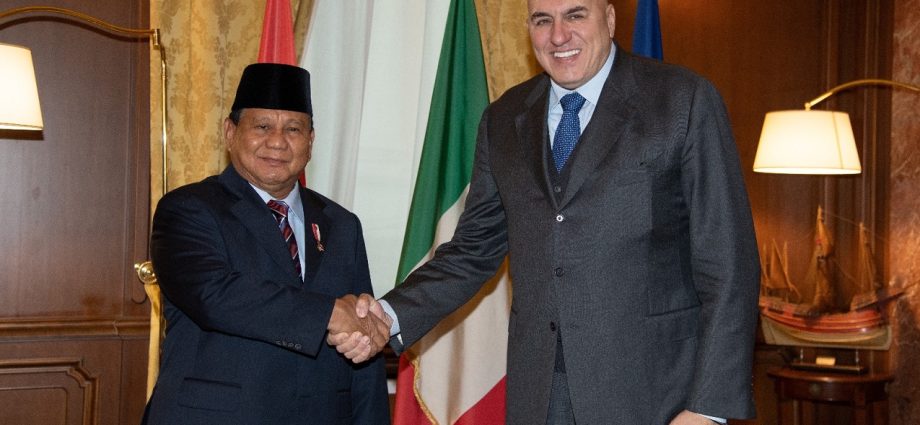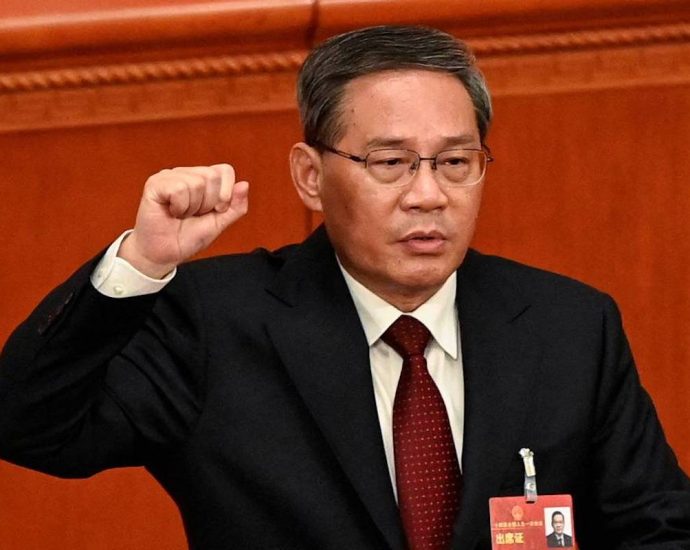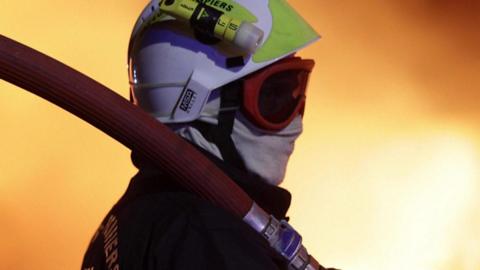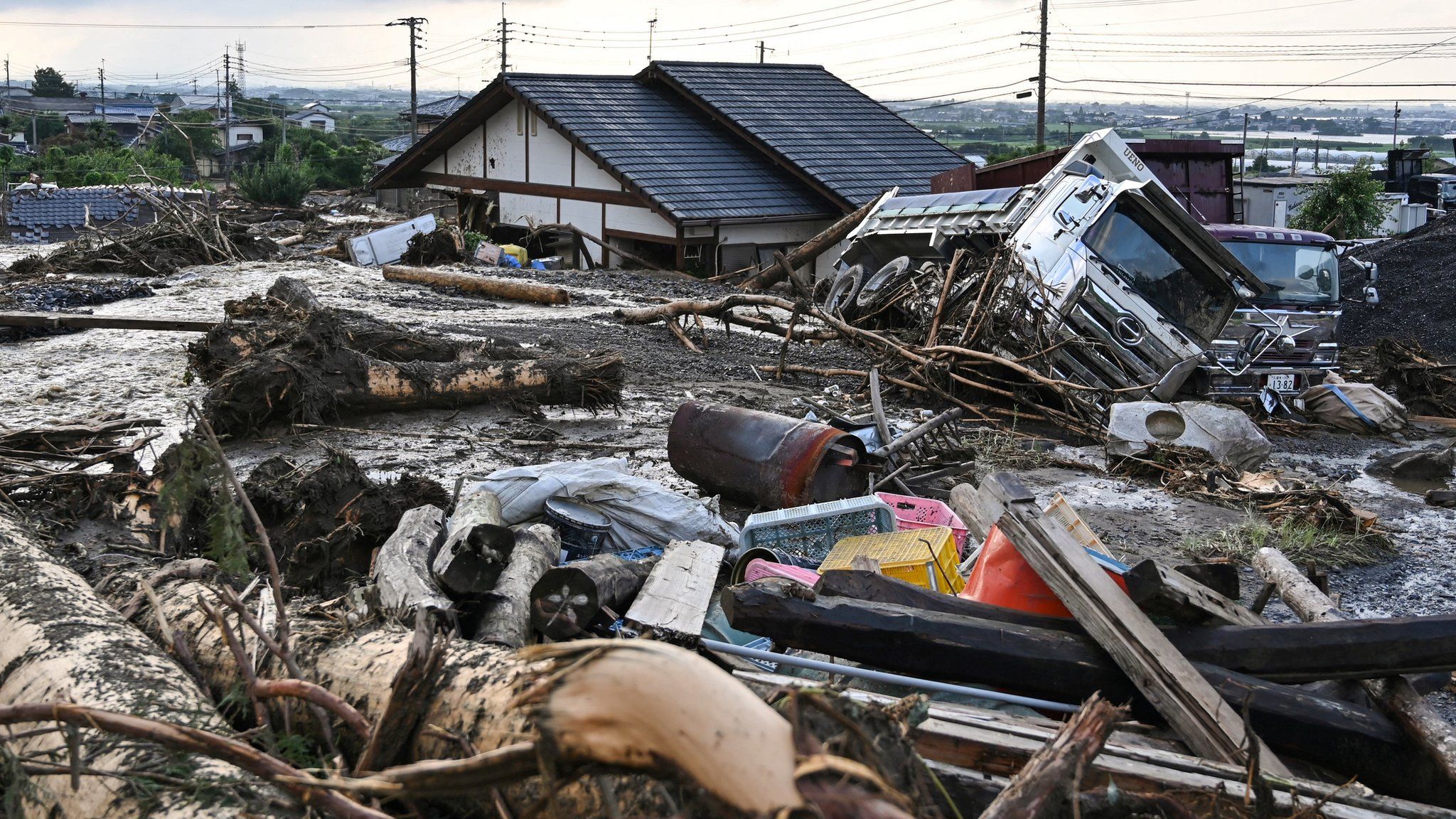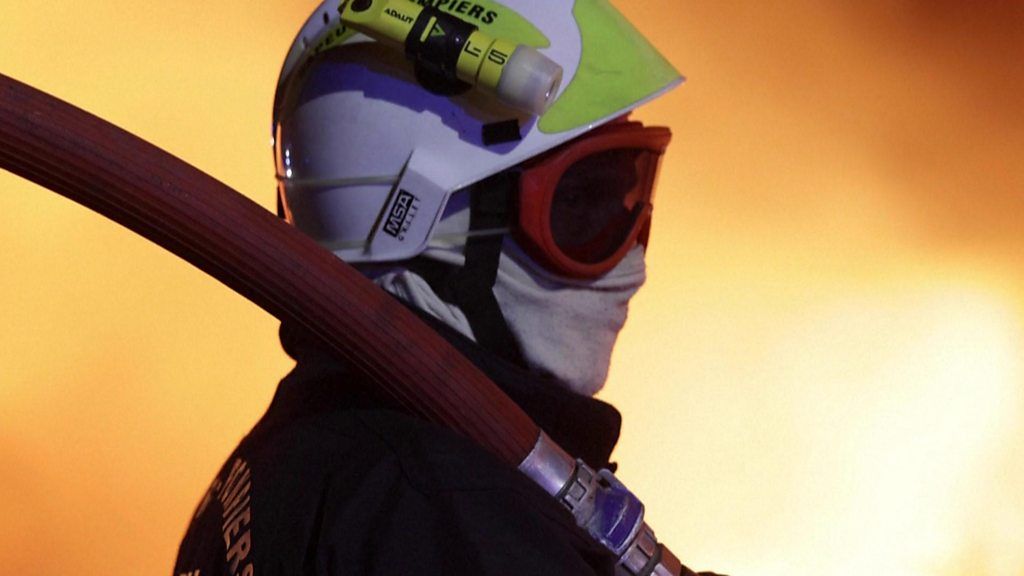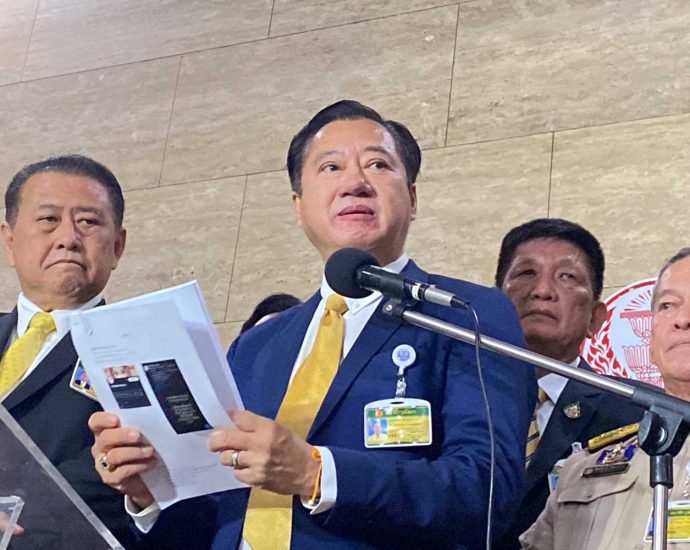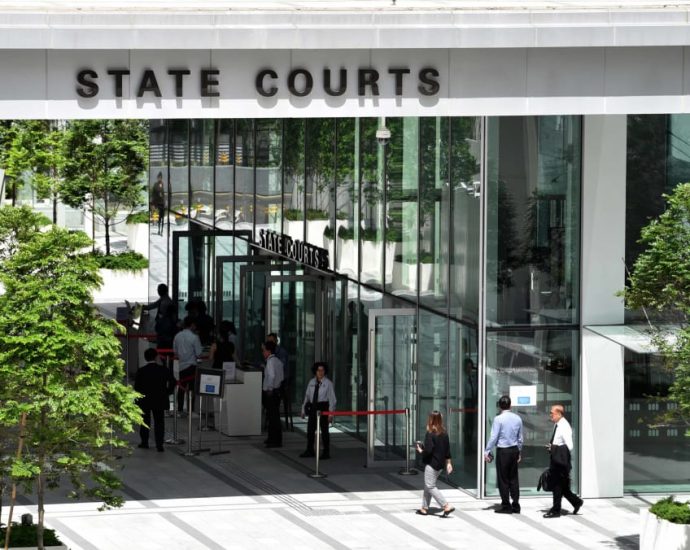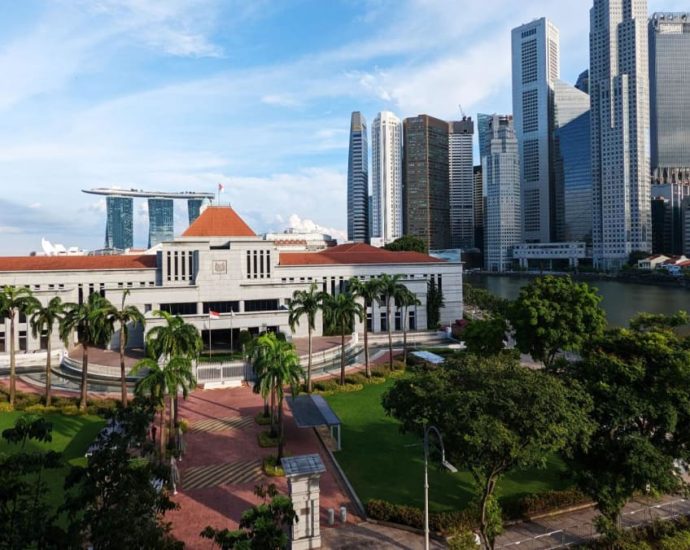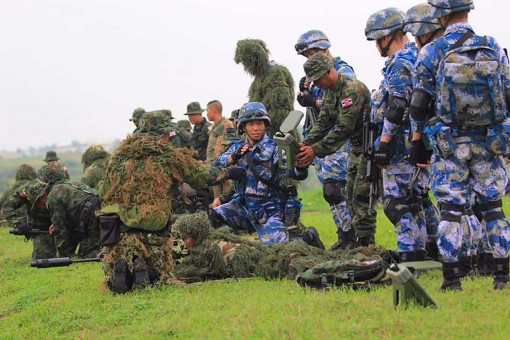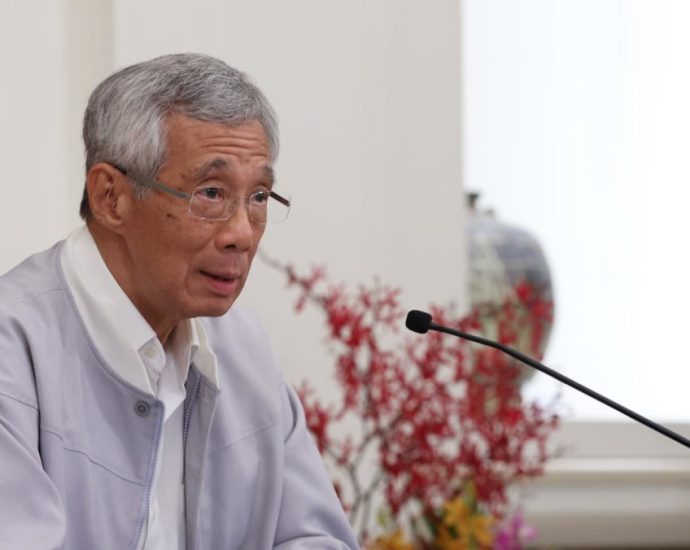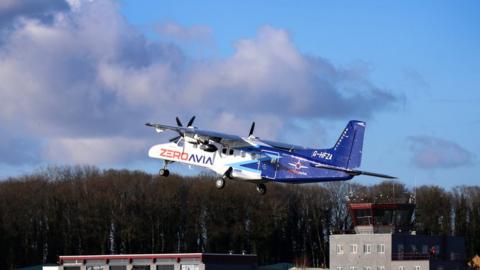Italy in an unspoken Indo-Pacific pivot
While Italy’s traditional geostrategic area of reference is the “enlarged Mediterranean“, the growing importance of the Indo-Pacific from an economic and geopolitical standpoint has piqued Rome’s interest. Italy does not yet possess an articulated Indo-Pacific strategy.
But a document released by the Italian Ministry of Foreign Affairs in January 2022 underscores how Rome’s involvement in the Indo-Pacific theater is already longstanding. Present and future initiatives are meant to be multilateral, inclusive and substantially in line with the European Union’s strategic priorities.
A key interest of Italian Prime Minister Giorgia Meloni’s government is signaling the importance of upholding the rules-based order in the region. Rome’s strategic outreach in the Indo-Pacific is primarily addressed towards substantial regional players.
Meloni’s visit to India in March 2023 was instrumental in relaunching defense talks, and diplomatic efforts with Japan have elevated Japan-Italy relations to the level of a “strategic partnership” since January 2023.
While often under the media’s radar, Italian foreign policy has also already designated Southeast Asia as a significant zone of interest, in terms of both the concerns of individual states and the Association of Southeast Asian Nations (ASEAN).
A top priority has been the expansion of trade and economic interconnections. In line with this, since 2017, the annual High-Level Dialogue on ASEAN-Italy Economic Relations has grouped together political and business leaders to discuss possible avenues to increase the volume of exchanges in what is framed as a “strategic market” for Italian enterprises.
In parallel, Italy has been particularly keen to gear up its security role, especially in the maritime domain.
Between May and June 2023, the Morosini carried out different activities in Southeast Asia, paying visits to ports like Ho Chi Minh City and Bangkok, participating in defense exhibitions in Malaysia and Singapore and notably taking part for the first time in the Indonesia-led multinational search and rescue “Komodo-23” exercise.

Defense relations with Jakarta are especially on the rise. The Italian Defense Minister Guido Crosetto visited the country in December 2022 to boost defense and industrial cooperation.
The visit can also be read through the lens of the 2021 deal between Italian shipbuilding company Fincantieri and the Indonesian Navy for the acquisition of eight frigates, which represents an important milestone in the ongoing modernization of the Indonesian armed forces.
Another key regional partner is Vietnam. In 2013, Rome and Hanoi decided to upgrade their relationship to the level of a strategic partnership. Under this framework, the two nations have been conducting a dialogue on defense-related issues.
Italy has also been a frontrunner in forging ties with different regional organizations in the Indo-Pacific, such as the Pacific Islands Forum, the Indian Ocean Rim Association and ASEAN. The attention of Italian business and diplomatic communities towards ASEAN has manifested through the intensification of institutional meetings involving the two sides.
In September 2020, ASEAN Foreign Ministers decided to confer to Italy the status of Development Partner, in a move that further deepened and institutionalized cooperation in sectors such as cybersecurity, maritime development and anti-piracy.
Southeast Asia represents one of the focus sub-regions in the context of Italy’s nascent ambitions in the Indo-Pacific. But there are important open-ended issues to reflect upon.
One relates to how long term this activism will be. While Meloni’s Italian government has put the Indo-Pacific and Southeast Asia on its geopolitical map, in the medium to long term there is the risk that, with the ongoing war in Ukraine, Italy may eventually reshift its attention and resources closer to Italy’s core strategic perimeter.
There is also the question of Italy’s relationship with China. The Italian government has yet to make a final decision about the renewal of a Belt and Road Initiative-related memorandum signed in 2019.
While some underline that Italy has gradually distanced itself from China and will likely decide not to extend the agreement, Meloni has highlighted that Rome could potentially stay on good terms with China even outside the Belt and Road Initiative framework.

Yet, recent declarations by the Chinese ambassador to Italy hint that an abandonment of the memorandum would inevitably have an impact on the relationship.
This begs the question of how Italy will position itself if China increases its assertiveness in the South China Sea. How concretely Italy would respond to a contingency in the area is not easy to predict.
The articulation of an official Indo-Pacific strategy is then a fundamental step forward for Italy in order to answer strategic questions, keep building on a quite successful record and clearly delineate its priorities and goals for future engagement with Southeast Asia.
Fabio Figiaconi is PhD candidate in the Brussels School of Governance, Vrije Universiteit Brussel.
This article was originally published by East Asia Forum and is republished under a Creative Commons license.
Chinaâs GDP data point to need for stimulus, but will it come?

China published its second-quarter GDP data on Monday with a big – but disappointing – number, 6.3% growth year on year. The reason for the disappointment comes from the hugely positive base effect, as last year’s second-quarter GDP growth was virtually because of the severe lockdowns happening in Shanghai and elsewhere in the country.
The underwhelming growth in the second quarter is not all about the lack of external demand. Although exports have clearly been hit in June, they had remained rather resilient in April and May. If anything, external demand will become much more of a problem in the second half of 2023 based on June’s data.
The main reason for the poor second quarter, though, is lackluster domestic demand. This is particularly the case for fixed-asset investment, dragged down by the real-estate sector, but also consumption. In fact, retail sales grew even less in June than in March, and consumption propensity remains lower than before the pandemic started.
Given the above, the 5% GDP growth target the Chinese government set for 2023 during the Two Sessions in March will be hard to achieve without stimulus.
This is ironic, since 5% was generally considered too low a target for an economy that was reopening after three years of zero-Covid policies, but China’s new premier, Li Qiang, was already warning during his press conference in March that the 2023 GDP growth target would be hard to achieve, and so it has been.
Against this backdrop, the People’s Bank of China continued to ease monetary conditions in the second quarter, but there has not been any visible impact in terms of credit growth. In other words, the recent cuts in interest rates have not led to an increase in consumption or investment thanks to cheaper borrowing as the borrowing itself keeps decelerating.
Based on Japan’s experience in the 1990s, there is the risk that China is entering a liquidity trap due to the risks of balance-sheet recession. In other words, there is a risk that Chinese corporates and households, pushed by their very negative sentiment about the economic outlook, prefer to disinvest and deleverage in the light of falling revenue generation.
In the case of corporates, this process seems to have started, as profits have fallen substantially in 2023 and Chinese corporates have started deleveraging, especially private ones, and begun to reduce investment.
For households, the growth of disposable income remains stagnant and youth unemployment reached record highs in June at more than 21%.
Why no stimulus?
If monetary policy is not so effective at the current juncture, the question is why a fiscal stimulus – a frequently used policy tool in China – has not yet been put on the table as the easiest solution to China’s economic woes.
Rumors of an imminent fiscal stimulus have been in the market since mid-June, but nothing official has been announced yet. More specifically, such rumors included an 1-trillion-yuan package of special bonds to be issued by local governments mainly geared toward infrastructure projects and with the ultimate objective of lifting confidence.
While clearly needed for the now financially weak infrastructure sector, it is not really obvious whether yet one more infra-led package would do the trick of convincing investors that the Chinese economy will return to a faster growth path.
In any event, no such stimulus has been announced, which seems to indicate that Chinese policymakers are still wary about a too rapid increase in public debt, which already hovers around 100% when local governments’ off-balance-sheet debt is also taken into account, in other words the borrowing conducted by local government financial vehicles (LGFVs).
The policy response, so far, seems to lean on easing the regulatory constraints that key sectors of the economy have suffered from in the last few years.
First and foremost, the three red lines that constrained the leverage of real-estate developers were quietly lifted and substituted by 16 easing measures introduced in November 2022. Those 16 measures have now been renewed, which, however, does not necessarily equate to an improvement in sentiment, as investors can see that their impact so far has been muted.
In the same vein, the tech sector briefly felt some relief from the settlement of the open case with Ant Financial through the equivalent of a US$1 billion fine.
The reality is that investors are still wary about the Chinese economy, all the more after the publication of the second-quarter GDP data, and will find it hard to turn their sentiment to a more positive one only by regulatory measures.
The question, then, is whether these poor GDP data will move policymakers toward introducing a big stimulus, not only to be sure that the 5% growth target is reached in 2023 but also to avoid a very rapid deceleration in growth in 2024 once the base effects from the terrible 2022 data are no longer positive.
Two considerations seem warranted when assessing such a possibility. The first is that Premier Li Qiang has been rather silent regarding policy announcements since he took office in March, beyond general statements on how the private sector, as well as foreign investors, should seek opportunities in the Chinese economy.
His behavior needs to be understood in the context of the perceived subdued importance of economic growth in China’s policymaking today as opposed to national-security issues.
Against such a backdrop, a large economic stimulus could be hard to justify, all the more so since President Xi Jinping has long been critical of the 2008 massive stimulus introduced by his predecessors.
The second consideration points to the reduced effectiveness of one more fiscal stimulus, certainly when compared with 2008. Given China’s rapidly decreasing return on assets, an infrastructure-led fiscal stimulus would need to be much bigger to have the same economic impact.
This also implies that, with such a fiscal stimulus, public debt in China would jump well above the current 100% of GDP, which would place the economy among the most indebted in the world.
Alicia Garcia Herrero is chief economist for Asia-Pacific at Natixis and senior research fellow at Bruegel. Follow her on Twitter @Aligarciaherrer.
South Korea floods: Tunnel horror strikes fear of monsoon
 EPA
EPAAs hundreds of rescue workers comb the muddied waters of a South Korean underpass, the stagnant rainwater, once up to the ceiling, now only covers their knees.
They will not give up. There is one person still missing.
It’s been more than 48 hours since extreme rainfall caused a riverbank to break, and water suddenly and forcefully filled the major underpass, stopping vehicles dead.
Thirteen bodies have so far been brought out of the tunnel in the central, mountainous region of Chongju. Rescuers have CCTV footage of the terrified missing driver trying to escape their submerged car, but no sign of their body yet.
As they search on, another car is winched out, its back window smashed out by the force of the water.
This scene, akin to one from a horror film, is a wake up call for South Korea. Climate change is starting to take its toll on this country, that until now has been spared some of the extreme weather events experienced by other, hotter countries.
But only halfway through its monsoon season, and it has already received more than the total amount of rainfall typical for the period.
South Korean President Yoon Suk Yeol has said he will “completely overhaul” the country’s approach to extreme weather, as “these events will become more commonplace”.
“We must accept climate change is happening, and deal with it,” Mr Yoon said.
An hour away, in the tiny farming village of Eham, 87-year-old Song Du-ho sits on his doorstep with his eyes closed as he tries to process the damage that surrounds him.
Inside his modest one-story home, the floors have been ripped up and his waterlogged belongings are stacked up to the ceiling.
Much of what he owns now litters his garden including broken bookcases and electrical appliances. Two soldiers are breaking them down into pieces so they can dispose of them using a wheelbarrow.
Mr Song jumps up. “Hey! Don’t throw away the metal, I’m going to sell the metal, throw away the rest”, he shouts at them.
The rice and bean farmer’s home was flooded after Saturday’s torrential rain overwhelmed the dam that normally protects his rural village in North Chungcheong province, in South Korea.
The water was up to his waist by the time rescue workers came for him in the middle of the night, along with his wife, who struggles with a bad back.
“I would be lying if I said I wasn’t scared when the water was coming in. I could have died”, he says.
Mr Song is dazed. He’s lived in Eham for 40 years, and says he is well acclimatised to South Korea’s monsoon season, which runs from the end of June to the beginning of August.
But he says he has never experienced rain like that which fell this weekend, causing river to swells and land to slide down the dense mountainous terrain, burying homes and killing dozens.
Mr Song knows it will take an awful lot of work to fix his place up, and it is probably beyond his capabilities.
“I’m almost 90”, he says in despair. “What am I to do, where am I to go? We older people die where we live”.
Next door, 74-year old Han Chang Rae is squatting in the middle of her mud filled courtyard, dumping the contents of her now defunct fridge into bin bags. Even the mounds of kimchi and other pickled vegetables cannot be saved on this baking, humid day.
Her floral visor prevents the sweat from dripping down her face, as she motors around, barely taking the time to look up. “I have so much to do”, she anguishes.
In contrast to Mr Song, Ms Han only moved in 15 days ago, and is now binning belongings that never made it out of the box.
She too is bewildered. “I’m 74 and have never experienced this kind of disaster”, she says.
“I don’t know what to feel, I feel nothing, I’m just lucky I didn’t die”.
South Koreans are less used to dealing with the effects of the warming planet, and with more extreme rainfall forecast for Tuesday, danger still looms.
For those in the farming village of Edam, the monsoon season is now no longer a routine part of summer, but something to fear.
Related Topics
-
-
54 minutes ago
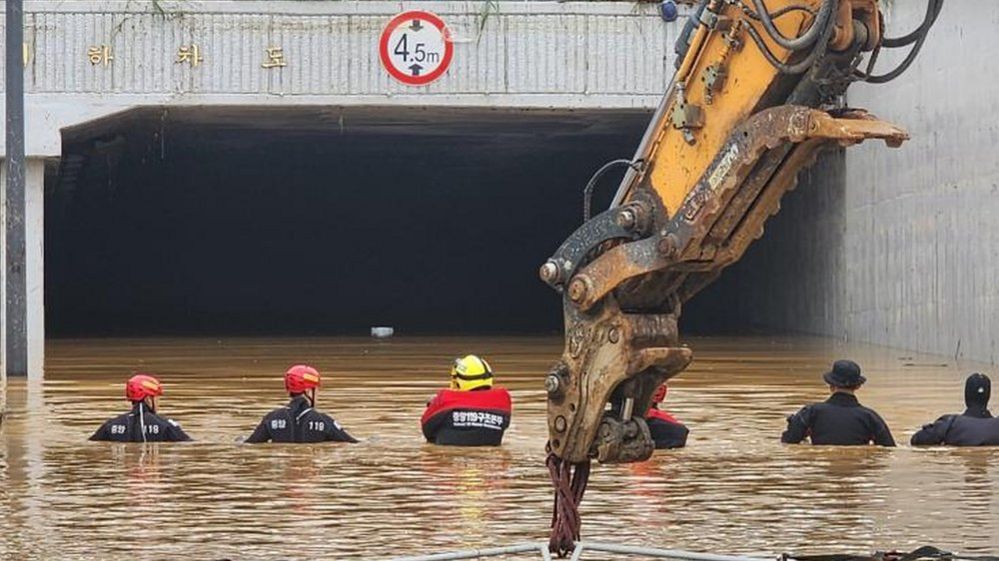
-
Senators fight back against post-vote threats

The Senate speaker sought police protection for senators and their families who said they were threatened after the prime ministerial vote last Thursday, and senators are filing complaints against those they believe responsible.
Senate Speaker Pornpetch Wichitcholchai said on Monday that senators told him that they and members of their families were threatened by individuals, their privacy was infringed upon and people were watchig their residences and business premises.
He decided to seek police protection for them, and police were cooperative, he said.
“I hope that those who threaten and interfere with other people will stop it, and there will not be any more criminal offences or disputes,” Mr Pornpetch said.
Reports of threats being made against senators emerged after only 13 senators voted in favour of sole prime ministerial candidate Pita Limjaroenrat, leader of the election-winning Move Forward Party, in the joint sitting of the Senate and the House on July 13.
Mr Pita’s eight coalition allies had 312 votes in the House. With support from only 13 senators he fell short of the needed majority of the two chambers by 51 votes.
Mr Pornpetch said on Monday that 33 senators were absent from the July 13 joint sitting.
He said two went were at a meeting in Beijing that he aproved, six were senior officials of the armed forces who had other important duties that day, nine took leave for private business overseas and had not been informed of the joint sitting beforehand, and 16 senators took sick leave.
On July 13, 43 senators did not cast a vote, showing that 10 of them were present at the meeting but chose not to vote, Mr Pornpetch said.
A group of senators told reporters thy were gathering evidence to support legal complaints against the people who posted threats against them and their families after Thursday’s vote.
Among them, Senator Seri Suwannapanon said senators would not tolerate the bad behaviour that was ruining the nation, society and the beautiful lifestyle of Thai people.
The vote for prime minister was a parliamentary process. After the vote, there was undesireable behaviour, including threats to senators and representatives. “This impacts on the personal rights of semators and their families,” Mr Seri said.
On Monday morning he filed defamation lawsuits against two lawyers he said had heavily criticised him. He sued each of them for 500,000 baht.
“There will be criminal and civil lawsuits against everyone who made accusations on social media, to send the message that freedom of expression must neither affect nor damage others,” Mr Seri said.
He said there were threats against senators’ businesses, although most vendors and workers at those places had voted for the Move Forward Party.
Senator Somchai Sawaengkan also said senators were gathering evidence to support complaints. The daughters of some senators even received rape threats, which was malicious, he said.
“Everyone who did this will face the consequences. Do not apologise. The price to be paid is high for posing threats and danger to others,” Mr Somchai said.
“It is time to change society. Freedom of criticism does not mean freedom to threaten people who have different opinions,” he said.
Woman cheated victims of S$1.39 million in investment scams, evaded police for 10 years
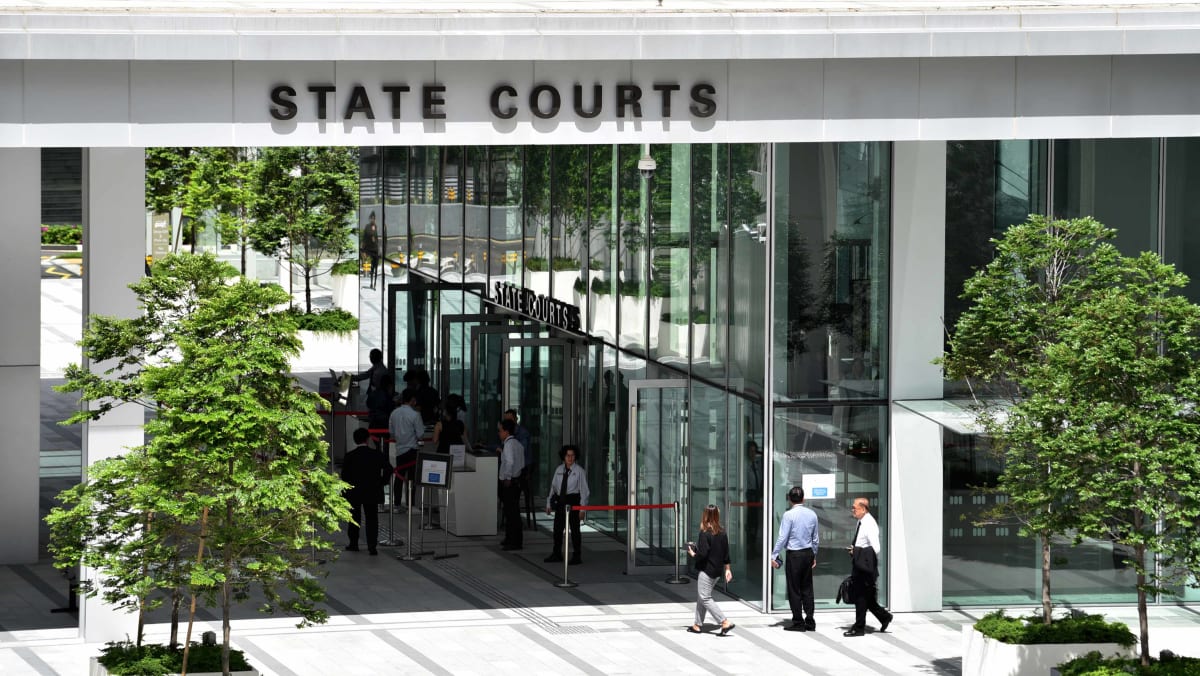
SINGAPORE: A woman cheated multiple victims of S$1.39 million (US$1.05 million) in investment scams, including her own “godson” and a property agent she was working for.
She then evaded the police for about 10 years, moving from place to place and continued to reoffend, until she went to the Institute of Mental Health (IMH), following a suicide attempt.
Low Mood Chay, 66, was sentenced to seven years’ jail on Monday (Jul 17) for her crimes.
She pleaded guilty to four counts of cheating, with another seven charges taken into consideration.
The court heard that Low, who is also known as Christy or Lowe, first targeted a 55-year-old property agent at Propnex Realty whom she was working for.
Low was the agent’s personal assistant and part-time telemarketer from April 2011, and helped the agent secure a few deals.
The property agent grew to trust Low as a friend. In July or August 2011, Low told the agent about a purported investment scheme which guaranteed yielding dividends of up to 18 per cent per annum.
Low claimed that this scheme was administered by the “AFIG Investment Company”, which was based overseas and gave benefits under its membership programme, including free cars or houses.
Low told the agent that she was a director of AFIG. In order to become members, applicants had to invest large sums of money into the supposed scheme.
The agent was interested in joining the programme for its benefits and began handing large sums of money to Low from late 2015 for this purpose.
She even allowed Low to rent a place together with her for five years, so that Low could “mentor” her closely to pass a test to qualify as AFIG’s property agent in Singapore.
Low got the agent to invest more sums by telling her that she had failed to join the programme, adding that she would lose all capital if she stopped now.
In total, the agent was cheated of S$274,500 and resorted to borrowing money from friends, family and loansharks.
Low also cheated a 34-year-old freelance tutor whom she worked for as an administrator.
The pair grew close enough to be like godmother and godson, the court heard.
Low lied to him that she was affiliated with “many rich and powerful people”, including the owners of Hong Leong Bank, a lawyer named Keith Ong and a UBS relationship manager.
She plied him into “investing” into a special scheme which she claimed to have access to due to the special relationship she had with Hong Leong Bank’s owners.
Low duped her “godson” into giving her S$1.01 million between 2020 and 2021. Of this sum, she returned him about S$291,000 that she claimed were “dividends” – meaning he suffered a net loss of about S$771,000.
Low also cheated another employee at the tuition centre her “godson” worked at, lying to her that she was a rich businesswoman with companies in the United States and New Zealand.
She also lied that she was good friends with a “former minister of Singapore” and with the owners of UBS.
This victim lost S$36,830 after being lured into the fake “investments” cooked up by Low.
EVADED POLICE FOR A DECADE
Low would use some money from one victim to pay off some promised dividends to another victim, and splashed the cash on jewellery and branded goods.
She did not make any restitution.
After the first police report for cheating was lodged against Low in 2010, she was identified for investigations and gave a statement to the police.
However, the police could not find her again when they wanted to produce her in court.
A police gazette was issued against her in March 2012.
Low evaded the police for about a decade by not staying at her registered address. She rented different places to live in, moving in with the property agent for five years, before staying with her “godson”.
However, after the agent lodged a police report of her own in 2018, the police identified and froze Low’s bank account, which she was using to receive funds.
On Dec 12, 2021, Low attempted suicide by inhaling smoke from burnt charcoal.
She was living with her “godson” and the other tuition centre employee at the time. Both victims did not know of her crimes at the time.
The tuition centre employee convinced Low to admit herself to IMH.
While she was there, the two victims discussed the matter and realised that Low had been cheating them. They lodged police reports against her, and the police finally arrested Low while she was in IMH.
Low was remanded and listened to the hearing from her place of remand.
Deputy Public Prosecutor Tay Jia En sought a sentence between six-and-a-half years and seven years and eight months for Low.
He said the courts have recognised the increasing number of investment scam cases, a persistent and worrying trend that must attract “suitably stiff” sentences.
He also pointed to the large amount of money involved, the multiple victims targeted and the lengthy period of criminal conduct.
Eight new NMPs to be appointed, Raj Joshua Thomas to serve second term
SINGAPORE: Eight fresh faces are set to be appointed as new Nominated Members of Parliament (NMPs), while lawyer Raj Joshua Thomas will return for a second two-and-a-half-year term. The nine names were released by the Office of the Clerk of Parliament on Monday (Jul 17). They will be appointed by PresidentContinue Reading
Thailand, China holding 3 joint military exercises
PUBLISHED : 17 Jul 2023 at 14:13

Thailand and China are holding three joint military exercises involving their air forces, armies and navies, from July to September, a military source said.
The first began on July 9 – an annual joint air combat exercise “Falcon Strike 2023”, intended to strengthen cooperation between the Thai and Chinese air forces to uphold regional peace and stability. The opening ceremony was at the air force base in Udon Thani. The exercise will continue until July 21.
The Falcon Strike exercise was first held in 2015 and then in 2017, 2018 and 2019 before a break due to the Covid-19 outbreak.
Thai aircraft taking part in the 2023 exercise include the Gripen 39 C/D, Alpha Jets and Saab 340 AEW fighters. China has sent J-10C/S, JH-7 A/AII ,J-11B/S and KJ-500 fighters.
Under an agreement between the Thai and United States air forces, the RTAF’s F16 and F5 fighters are not allowed to take part in a joint exercise with China.
From Aug 16 – Sept 2, special warfare units of the Thai and Chinese armies will take part in the Joint Strike 2023 exercise in Lop Buri province.
Blue Strike, a joint exercise involving both navies, is planned from Sept 3-10 in Chon Buri, Rayong and Chanthaburi provinces in the East. The exercise is held every two years, with the two countries taking turns as host.
On Aug 31, Chinese warships and amphibious landing ships will arrive at Sattahip in Chon Buri province.
A Thai navy source said this year’s exercise would be carried out quietly due to the tension between China and the US in the South China Sea.
China faces structural mismatch in labour market as interest in manufacturing falls, amid record high youth unemployment
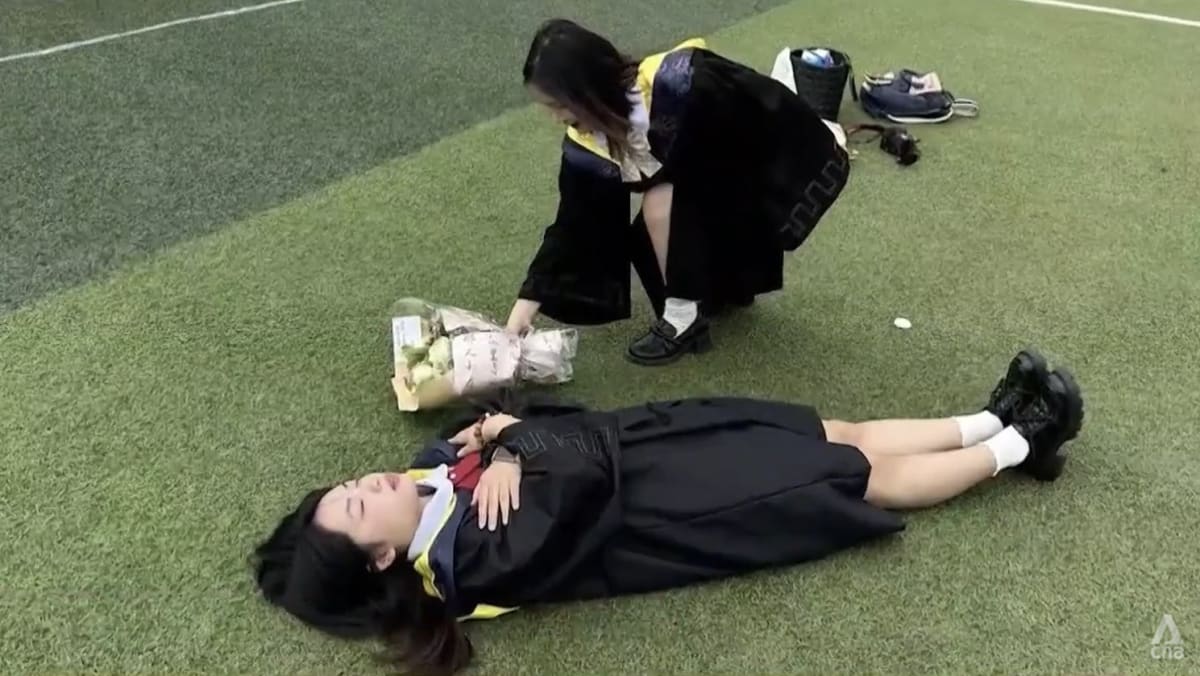
As the country transitions towards becoming a developed economy, fewer youths want to enter the manufacturing sector, which could lead to shortage of workers in the industry in the future.
Professor Zhang Jun, dean of the School of Economics at Fudan University, said that China is facing a long-term low wage problem. One way to address the labour mismatch, he said, is for wage growth to be linked to nominal GDP growth.
STRUGGLING TO LAND FIRST JOB
Posing as corpses in graduation gowns is a new trend among graduates on social media, as college graduation season sweeps through China.
According to the youth, it reflects the mood of their generation and the challenges faced in finding a job.
Mr Zhang Tao, a telecommunications engineering graduate from Chongqing College of Mobile Communications, told CNA: “This cohort of graduates is very large, and it’s a bit difficult to find employment at the moment.”
“The most popular buzzword is ‘involution’. Because many people around you are definitely competing intensely, which may bring a sense of unnecessary anxiety. So perhaps these photos are one way to let go and relax,” said Mr Yang Zhihao, an applied physics graduate from South China University of Technology.
Tan Chuan-Jin, Cheng Li Hui continued âinappropriate relationshipâ even after being told to stop: PM Lee

SINGAPORE: Former Speaker of Parliament Tan Chuan-Jin had been in an “inappropriate relationship” with fellow People’s Action Party (PAP) Member of Parliament Cheng Li Hui, which continued even after they were asked to stop, said Prime Minister Lee Hsien Loong on Monday (Jul 17).
Mr Tan and Ms Cheng resigned from parliament and the PAP earlier on Monday.
In opening remarks a press conference held the same day, Mr Lee said he had spoken to Mr Tan about this relationship most recently in February. The latter admitted his mistake and offered his resignation at the time.
“I had accepted his resignation,” said Mr Lee. “But I told him, first, I needed to make sure the residents of Kembangan-Chai Chee and Marine Parade continued to be taken care of.
“Meanwhile his relationship with Ms Cheng had to stop.”
But “very recently”, Mr Lee came across information that “strongly suggested” that Mr Tan and Ms Cheng’s relationship had continued.
“I decided then that Mr Tan had to go forthwith, whether or not the arrangements were ready. It could not wait any longer.”
Around the same time, the video clip of Mr Tan caught on a hot mic using unparliamentary language was circulating.
“I asked to see him,” said Mr Lee. “During our discussion, he agreed to leave immediately – both for his unparliamentary conduct as well as his inappropriate relationship with Ms Cheng, which he had told me he would break off but he did not.”
Their inappropriate relationship was a “more serious matter” than Mr Tan’s unparliamentary language because he was the Speaker of Parliament and Ms Cheng was a Member of Parliament, said the Prime Minister.
“There should not have been a relationship,” he added.
Carbon-free flights promised ‘within two years’
 ZeroAvia Aviation
ZeroAvia AviationAn aviation company plans to run commercial flights using an electric engine that creates no carbon emissions by 2025.
ZeroAvia has flown nine test flights with its hydrogen-electric engine at Cotswold Airport, near Cirencester.
The only emission created by the engine is water.
Sergey Kiselev, Vice-President of ZeroAvia, said the engine would help achieve “the decarbonisation of aviation”.

Many other aerospace firms are developing engines that run on hydrogen, but most are not expecting to fly commercially until 2035. So how have they done it, and could it be possible to fly without causing climate change much sooner than people had thought?
How does it work?
The Gloucestershire-based company are moving much faster because they are not designing an entirely new aircraft.
ZeroAvia is working on the Dornier 228, a conventional 19-seater plane that has two propellers, usually powered by kerosene.
One of these has been replaced by an electric engine, and the electricity is generated on-board using a hydrogen fuel cell. For the testing period, the other engine remains fuelled by kerosene, in case of failure.
But once the technology is proved, both engines will run on electricity from the hydrogen fuel cell.
Only the new engine needs to pass safety tests, and the company is working with the Civil Aviation Authority to achieve certification.

Test pilot Jon Killerby flew the aircraft and told me that once airborne, they have managed without the kerosene engine.
“We can throttle right back on the conventional engine,” he said, “and fly purely on the hydrogen electric system, it generates enough thrust to fly the aircraft level.
“It really is amazing how well it works.”
Is it really ‘green’?
Hydrogen fuel cells are not new, and have been widely used in cars and trucks.
They use a chemical process called “reverse hydrolysis” which combines hydrogen with oxygen and creates heat, water vapour and, crucially, electricity.
So the on-board engine creates no greenhouse gases.
But what matters is where you get your hydrogen.

At Bath University, Prof Tim Mays has been studying hydrogen for thirty years. He runs the UK Hydrogen Research Hub which has just been awarded £11m to explore how hydrogen can help combat climate change.
He explained: “At the moment people make it by treating natural gas with steam, which is about as unsustainable as it gets.”
But it is also possible to use electrolysis to split water into hydrogen and oxygen, using renewable electricity.
“That makes green hydrogen, which is what the aviation industry needs,” said Prof Mays.
“It’s a really serious option, because we do need to replace kerosene.”
How big, how far?
It is not a big plane.
The Dornier 228 will carry about 12 passengers with the hydrogen engine on board.
It can fly about 250-310 miles (400-500km), according to Chief Commercial Officer Sergey Kiselev.
That would get you from Bristol Airport to Newcastle, or London to Paris.
By 2027, the company plans a larger hydrogen-electric engine which would power bigger aircraft. This could carry around 50 passengers and go nearer to 620 miles (1,000 km).
What are the problems?
“Like all technologies, there are challenges,” smiles Prof Mays.
“Making it, transporting it, and storing it.”
The aviation industry needs to build an entirely new infrastructure. Hydrogen production centres, a network to get the fuel to airports, storage at airports, the lot. And hydrogen is very different from conventional kerosene.
Hydrogen takes up a lot of space. To carry it all manageably, the gas is compressed to 350 or 700 times atmospheric pressure.
Even then, it takes up more space than kerosene. If you want to transport it as a liquid, you must first chill it to 253 degrees below zero.
So exactly where to make it, how to move it around and store it are all being examined now by airports and aerospace firms.
Prof Mays put it like this: “You can fly using hydrogen as a fuel, but it is not optimised, not super efficient yet, and the infrastructure is not there yet.”
Will airlines use hydrogen?
The hangar in the Cotswold Airport is small, and far from the big research labs of Airbus, Rolls Royce and Boeing.
But ZeroAvia already has orders for more than 1,500 of its first engine.
Air Cahana is one, a new Californian airline with “a mission to decarbonise aviation“.

Another early customer is closer to home, the environmental entrepreneur Dale Vince, who founded renewable energy firm Ecotricity.
Mr Vince is launching an airline called “Ecojet”, which will use the ZeroAvia engines on passenger flights, at first from Edinburgh to Southampton.
He said: “The question of how to create sustainable air travel has plagued the green movement for decades.
“The desire to travel is deeply etched into the human spirit, and flights free of C02 emissions, powered by renewable energy will allow us to explore our incredible world without harming it for the first time.”
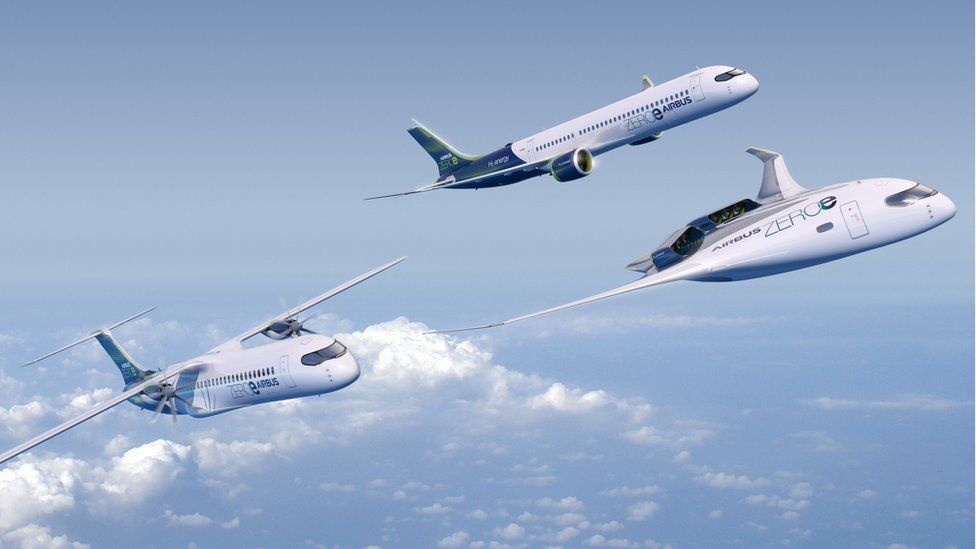
Bigger aerospace firms are watching the small start-up with interest. Airbus has a huge research programme called ZeroE, which also uses hydrogen. The company is exploring both hydrogen fuel cells to create electricity to power propellers, and using liquid hydrogen directly for combustion.
But Airbus is aiming to have hydrogen-powered planes in the sky by 2035, a full decade later than the small ZeroAvia engines.
Sergey Kiselev told me that’s why they decided not to create a completely new aircraft, but instead just change the engine on an existing plane.
He said: “It helps us eliminate all the complexity with the certification of the aircraft, we can focus only on the engine. So we can get the aircraft up into the air in commercial operations, much faster.”
The company has made its pledge. It now has at least two big challenges.
One is to make its engine safe, certified, and ready to use by 2025.
They are well on their way to that one.
The other, harder, challenge, will be making sure there is some fresh new hydrogen waiting for the aircraft when it lands at the other end.

Follow BBC West on Facebook, Twitter and Instagram. Send your story ideas to: [email protected]

